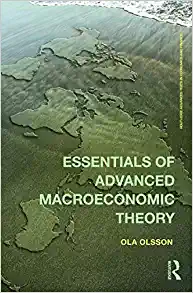Question
a. A rise in the nominal exchange rate (AUD/MYR) represents a depreciation of the Australian dollar relative to the Malaysian ringgit, but a rise in
a. A rise in the nominal exchange rate (AUD/MYR) represents a depreciation of the Australian dollar relative to the Malaysian ringgit, but a rise in the real exchange rate (AUD/MYR) represents an appreciation of the Australian dollar. Explain why the situation described above is true. (7.5 marks)
b. The non-cash form of the single currency was introduced on 1 January 1999. Three years later, on 1 January 2002, the Euro was put into circulation in its cash form in the euro area, gradually replacing the national currencies. At present, the euro is legal tender in 17 countries: Austria, Belgium, Cyprus, Estonia, Finland, France, Germany, Greece, Ireland, Italy, Luxembourg, Malta, the Netherlands, Portugal, Slovakia, Slovenia, and Spain. The remaining 11 countries kept their currencies for different reasons.
Why might a group of countries wish to have a common currency and others willing to keep their own currency? Explain the reasons.
Step by Step Solution
There are 3 Steps involved in it
Step: 1

Get Instant Access to Expert-Tailored Solutions
See step-by-step solutions with expert insights and AI powered tools for academic success
Step: 2

Step: 3

Ace Your Homework with AI
Get the answers you need in no time with our AI-driven, step-by-step assistance
Get Started


